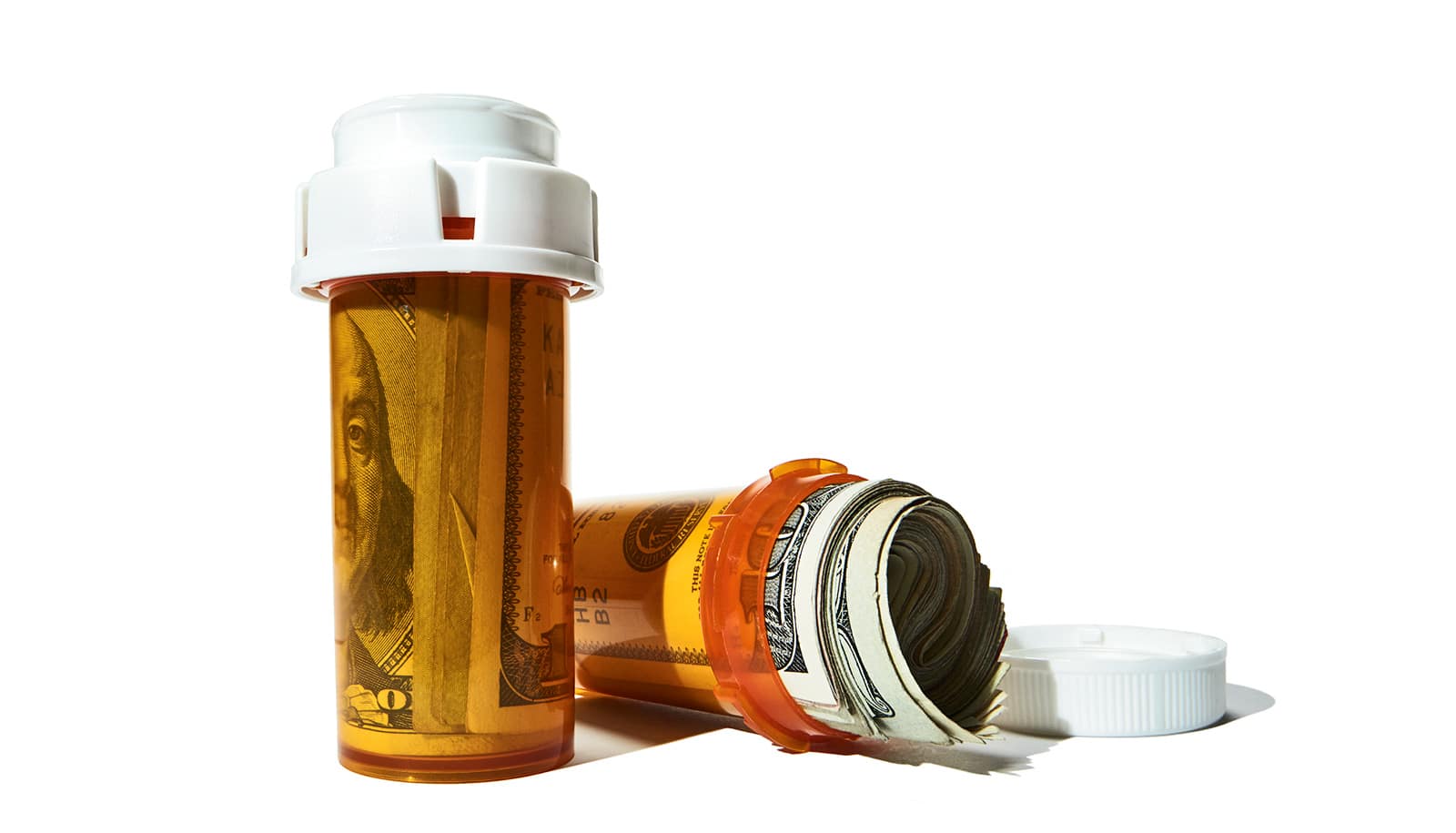Weekly doses of glucocorticoid steroids like prednisone help speed recovery in muscle injuries—and also repair muscles damaged by muscular dystrophy, new research with mice suggests.
One of the major problems of using steroids such as prednisone is they can cause muscle wasting and weakness when taken long term. This is a significant problem for people who take steroids for chronic conditions—and can result in patients having to stop steroid treatments.
But the study shows weekly doses—rather than daily ones—promote muscle repair.
“We don’t have human data yet, but these findings strongly suggest some alternative ways of giving a very commonly used drug in a manner that doesn’t harm, but in fact helps muscle,” says lead investigator Elizabeth McNally, professor of genetic medicine at Northwestern University Feinberg School of Medicine and a Northwestern Medicine physician.
Published in the Journal of Clinical Investigation, the study shows that prednisone directs the production of annexins, proteins that stimulate muscle healing. Giving weekly doses of prednisone also stimulated a molecule called KLF15, which is associated with improved muscle performance. Daily doses of prednisone, however, reduced KLF15, leading to muscle wasting.
In the study, normal mice with a muscle injury received steroids just before injury and for two weeks after the injury. Mice receiving two weekly doses of steroids after the injury performed better on treadmill testing and had stronger muscle than mice receiving a placebo.
Mice that received daily steroids for two weeks after the muscle injury performed poorly on the treadmill and in muscle strength studies, compared to placebo-treated mice.
Scientists also tested the drug in a mouse model of muscular dystrophy, since prednisone is normally given for this disease. Mice with muscular dystrophy that received weekly prednisone were stronger and performed better on the treadmill than those getting a placebo. When prednisone was given every day, the muscles atrophied and wasted.
A quick round of steroids may bring big risks
McNally initiated the research because she wanted to understand how prednisone—which is given to treat individuals with a form of muscular dystrophy called Duchenne Muscular Dystrophy—prolongs patients’ ability to walk independently and stay out of a wheelchair.
“It’s been known that long-term daily treatment with prednisone also has the side effect of causing muscle wasting in many people,” she says. “So it has always been something of a medical curiosity that it is also used chronically to treat conditions like myositis (muscle inflammation) and Duchenne Muscular Dystrophy.”
While years of being on steroids causes growth suppression, osteoporosis, and other bad side effects, boys with Duchenne Muscular Dystrophy walk two to three years longer if they take them. Only boys get Duchenne Muscular Dystrophy because it is on the X chromosome, and males have only one X chromosome.
“We were like, ‘Wow!’ It accelerated the repair in the muscle cells.”
“A typical boy goes into a wheelchair at age 10; if he takes steroids, it’s age 13,” McNally says. “So in muscular dystrophy, there is definitely a benefit, but it’s a double-edged sword with all the side effects.”
For the study, researchers used high-resolution imaging to view the muscle’s ability to repair itself. This technique uses a laser to poke a hole in muscle cells. Then the muscle cell is observed in real time as it reseals the hole, a natural repair process. Next, they tested to see if steroids could boost the repair process.
“The steroids made muscle heal faster,” McNally says. “We were like, ‘Wow!’ It accelerated the repair in the muscle cells.”
For the second part of the study, scientists tested steroids in mice. They damaged the leg muscles in mice and noticed the mice receiving the steroids recovered more rapidly from injury. “We showed steroid treatment, when given weekly, improves muscle performance.”
Acid in apple peel beefs up aging muscles
Her work also implies normal muscle injury would improve more quickly by taking a weekly dose of steroids such as prednisone.
In the future, McNally would like to test steroids in humans and is considering studying it in forms of muscular dystrophy in which steroids would not normally be given, like Becker Muscular Dystrophy or Limb Girdle Muscular Dystrophy. Steroid treatment is not usually offered for these diseases since the side effects are thought to outweigh any potential benefit.
The National Institutes of Health, the Muscular Dystrophy Association, Parent Project Muscular Dystrophy, and the American Heart Association funded the work.
Source: Northwestern University



